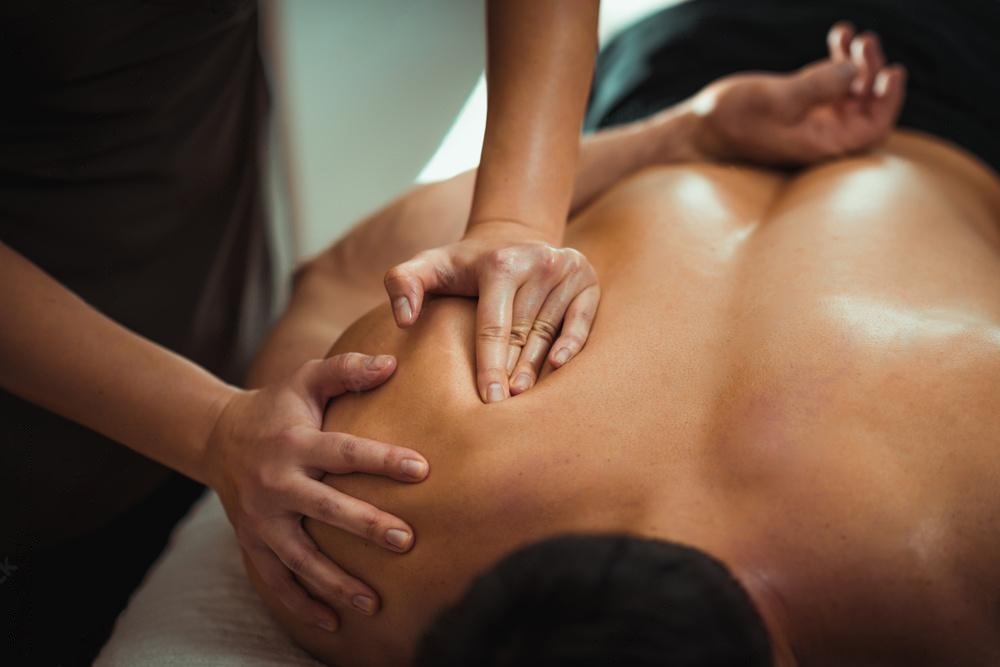We’ve got a bone to pick with the idea of massages purely for relaxation. While a massage can be one of the most relaxing ways to step out of the demands of our everyday worlds, massages can also be a powerful form of therapy when they’re designed to enhance recovery and performance. Massages have been a crucial part of many athletes’ recovery processes for centuries – but with this powerful and entirely natural form of therapy available to all of us, it’s time to consider how massage therapy can help to enhance your recovery and performance as well.
What’s the difference between a massage for relaxation and massage therapy?
The difference between a massage with relaxation as the goal and a massage with therapeutic outcomes in mind come down to style and technique. The leading form of relaxation massage, often called Swedish massage, is all about creating calm in both the mind and the body throughout a highly relaxing massage experience. For many, this form of massage can be significantly helpful in reducing stress or anxiety, improving sleep, and creating an overall impact of relaxation. However, specific areas of tension or areas that can be targeted to improve muscle recovery aren’t the focus.
Massage therapy, by comparison, is all about targeting these particular areas. It’s a great form of natural support for issues such as soft tissue injuries, exercise recovery, or support for improvements in muscle form and function. These types of massages are often referred to as deep tissue massages, sports massages, remedial massages, or trigger point therapy.
How does massage therapy help to enhance recovery and performance?
For athletes (or those of us who like to do athletic things on a regular basis!), massage therapy can play a crucial role in supporting our recovery and performance.
One of its main areas of benefits is in the way it can reduce muscle soreness and stiffness. You’ll be no stranger to the way muscles feel after an intense workout: stiff, sore, and ready to avoid strenuous movement until they’ve recovered. The microtears that occur during intense physical activity can create pain that makes it difficult to return to training the next day. Massage therapy is one tool that can be used to immediately increase blood flow in these impacted areas, helping to reduce the presence of waste products and pump fresh oxygens into tired muscles.
For those who are looking to improve their flexibility, massage therapy is also a crucial ingredient. Its targeted ability to help with muscle tightness and joint mobility delivers the benefits of a wider range of motion, which can in turn reduce the risk of injury and contribute to better athletic performances and outcomes.
Massage therapy can also help to prevent injuries in the first place, which is welcome news for athletes who are training on rigorous schedules. Since massage therapy can help to reduce the impact of overuse, imbalances, and tightnesses that can put us at a greater risk of running into a strain or sprain, regular massage therapy sessions can be crucial in targeting problem areas before they turn into something more serious.
At Get Active Physio, our remedial massage services draw on a range of techniques and styles to increase circulation and blood supply to all soft tissues, as well as supporting healthy recovery and repair on the back of an injury. As a bonus, this massage also delivers a powerful hit of positive hormones, giving you the extra support of reduced stress levels and a greater sense of relaxation!
Conclusion
If you’ve never experienced massage therapy before, prioritising this natural therapy could give you a powerful source of support for your recovery and performance needs. Reach out to the expert team at Get Active Physio today to learn more about our massage therapies – we’re here to support you to be the best version of yourself.




